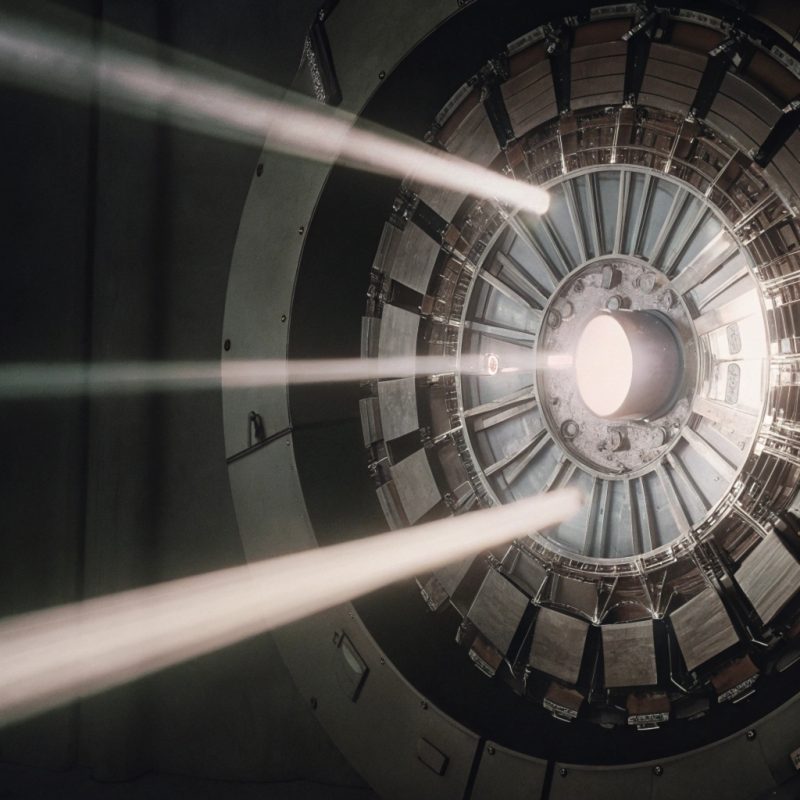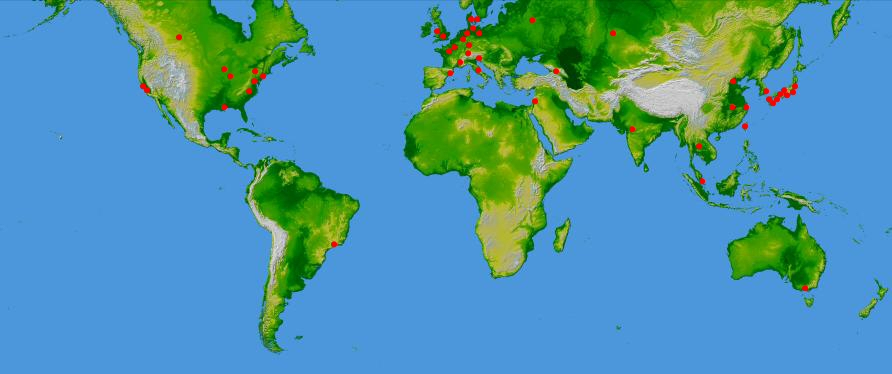
Synchrotron Light Sources
Advanced light sources, based at either storage-ring or free-electron laser facilities, are the most transformative, state of the art research infrastructures known, mainly due to their applicability to a broad spectrum of disciplines. Utilizing radiation from the infrared (IR), to the visible, ultraviolet (UV), X-ray, and even to the soft gamma ray portion of the electromagnetic spectrum, scientists and engineers use advanced light sources to conduct research investigations involving crystallography, imaging, scattering and spectroscopy, and even show promise in delivering direct radiotherapy to human patients.
Though costly, advanced light sources have become clear leaders for research outputs, graduate student training, and drivers of technological innovation. Thus, they benefit nations far more than they cost. Among scientific instruments, their usage produces the most Nature and Science (considered to be among the most prestigious scientific journals) papers per project, and supports the highest density of researchers from the widest range of disciplines. Indeed advanced light sources are globally regarded as critical research infrastructures.
The figure below depicts the location of operating advanced light sources worldwide. Africa is presently the only habitable continent without one. Dozens of scientists from African countries now perform experiments at facilities in Europe and elsewhere. Since before 2010, a community of Africans, diasporans, and other colleagues around the world have been conceiving, designing, and building political support for a Pan-African, 3rd-generation, advanced light source. They have joined in to global community of researchers around the world that strive to collaboratively to construct ever more intense sources of electromagnetic radiation, specifically derived from synchrotron light sources and X-ray free electron lasers (XFELs), to address the most challenging questions in fields from anthropology to zoology.

An advanced light source in Africa would enable thousands of African scientists, engineers and students to gain greater access to these superb scientific and technological tools. The African Light Source is expected to contribute significantly to the African science renaissance, the return of the African science diaspora, the enhancement of university education, the training of a new generation of young researchers, the growth of competitive African industries, and the advancement of research that addresses issues, challenges and concerns relevant to Africa. Indeed, in order for Africa to be competitive scientifically, technically, socially, politically and economically in the years to come, access to a nearby advanced light source will be an absolute necessity.
Towards these ends, the African Light Source Foundation, other partners, and the South African governments have formed partnerships with advanced light sources around the world, e.g., the European Synchrotron Radiation Facility (ESRF), ALBA (Spain), NSLS-II (USA), SESAME (Jordan), Elettra (Italy), Photon Factory (Japan), and Diamond (UK); as well as with NGOs on the continent and beyond, e.g., the African Physical Society, the African Crystallographic Association, African Materials Research Society, Biostruct Africa, Federation of African Societies of Biochemistry and Molecular Biology, Federation of African Societies of Chemistry, Federation of African Immunological Societies, Federation of African Medical Physics Organizations, International Union or Pure and Applied Physicists, International Union of Crystallography, and others.
